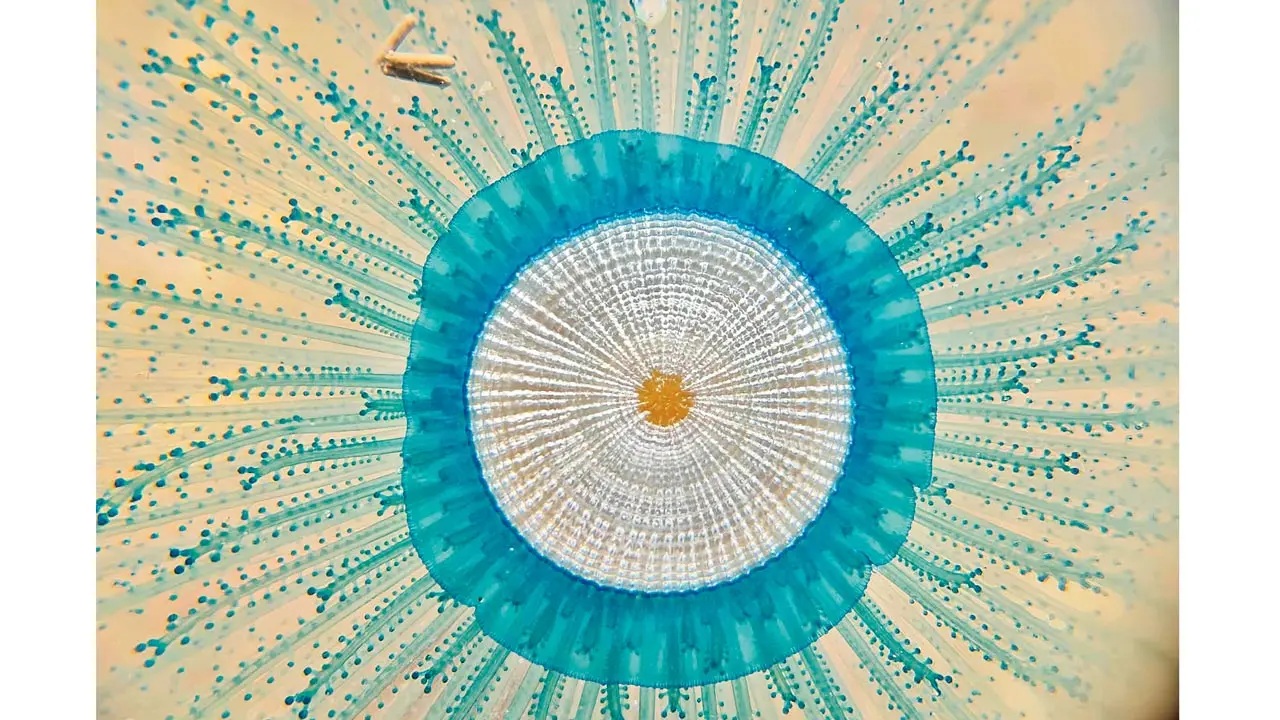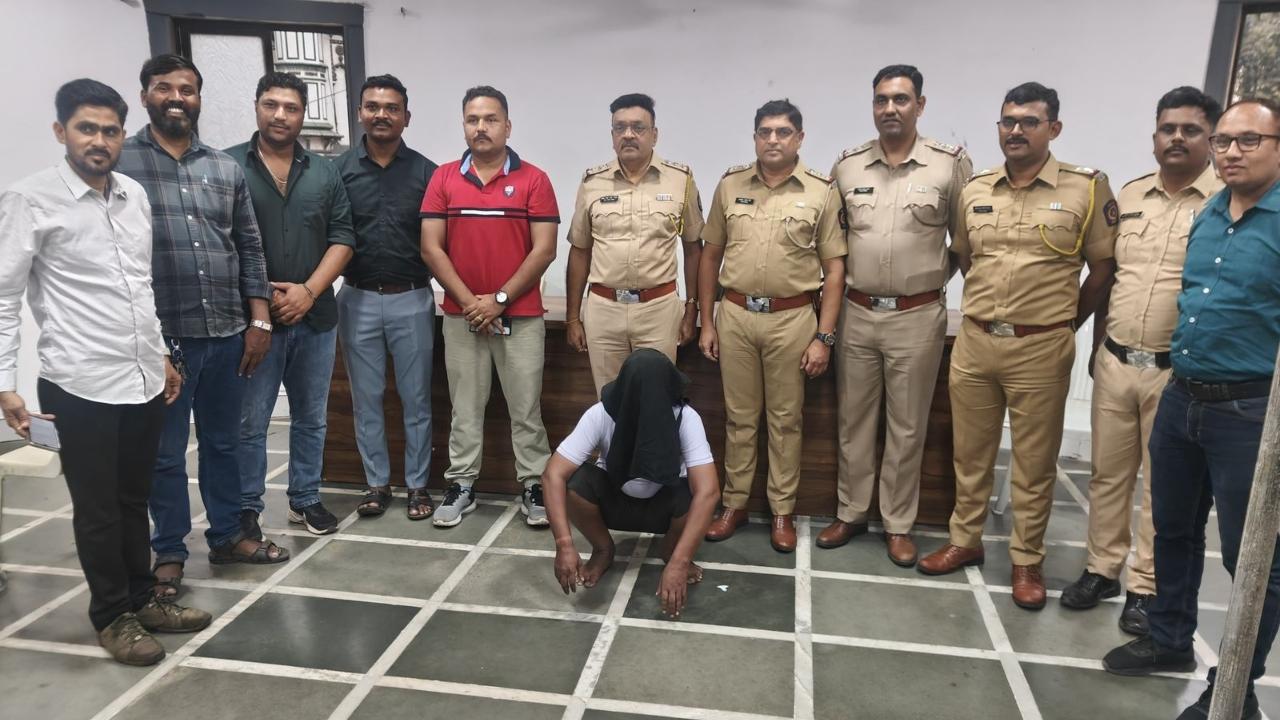Is climate change altering the seasonal occurrence of marine species? With the monsoon stretching longer this year, nature enthusiasts exploring Mumbai’s coastline are spotting Blue Buttons (Porpita porpita) much later than usual.
Experts note that these harmless marine organisms typically appear before the onset of the monsoon, but their late arrival could be linked to changing climatic patterns.
Commonly known as Blue Buttons, Porpita porpita are small marine animals found in tropical and subtropical waters of the Pacific, Atlantic, and Indian Oceans. In Mumbai, they generally wash ashore just before the rains, and traditional fishing communities have long considered them natural indicators of the monsoon’s arrival.
Pradip Patade from Marine Life of Mumbai (MLOM) said, “Blue Buttons are usually seen on our shores in April or May — the pre-monsoon period — and again in August. This year, due to prolonged monsoon and cyclonic conditions, they seem to have washed ashore. The extended monsoon is definitely an impact of climate change. These are pelagic animals that get carried ashore by strong winds.”
This year, however, the species has been sighted along Mumbai’s shores even in November — from Haji Ali to Juhu, Carter Road, Priyadarshini Park, and Girgaon Chowpatty — a rare occurrence that experts attribute to extended monsoon and intensified wind currents.
Wildlife enthusiast Rajas Shrikoli, who spotted Blue Buttons on the rocky shores of Haji Ali during a recent shore walk, told mid-day, “In recent years, I’ve noticed mass sightings becoming more frequent. These organisms thrive in warm tropical waters, and their abundance is closely tied to rising sea surface temperatures — a direct effect of climate change. Combined with cyclonic winds and shifting weather systems, they are pushed towards the shore, creating the blue carpets we see. This change can ripple through the ecosystem, affecting fisheries and species that depend on plankton, their shared food source.”
According to experts, Blue Buttons drift wherever surface currents and winds take them. When sea temperatures rise, they’re swept closer to the coast — a small but telling sign of shifting ocean conditions.
Groups such as Marine Life of Mumbai, along with other organisations and independent enthusiasts, continue to document these sightings through regular shore walks, showcasing the city’s rich and evolving intertidal ecosystem.
Did you know
Despite their jellyfish-like look, Blue Buttons aren’t single organisms but colonies of hydroid polyps. They float on the ocean’s surface and use stinging cells to catch plankton.











